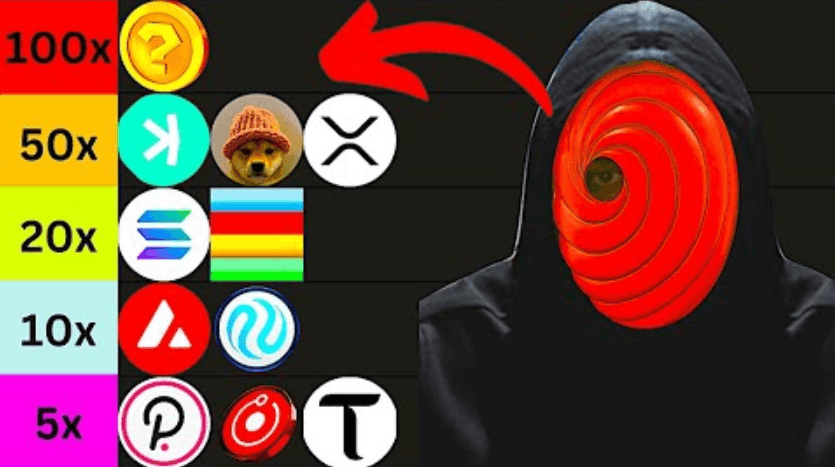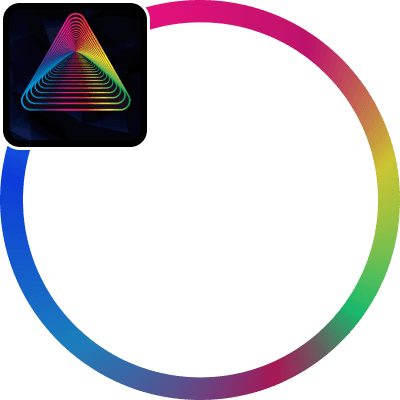Overview
Beam is a decentralized blockchain platform optimized for the gaming industry, leveraging Avalanche’s technology as a subnet. Known for its scalability, low fees, and quick transaction finality, Beam facilitates the development of decentralized applications (dApps) and games, making it a valuable ecosystem for both developers and players. Initially utilizing a Proof of Authority (PoA) consensus mechanism, Beam is transitioning towards a Proof of Stake (PoS) model, which will increase validator participation and network security.
Network Structure and Consensus
Beam’s network is built upon Avalanche’s Subnet technology, meaning it inherits Avalanche’s consensus features while maintaining independence and specialization for gaming. In its current PoA setup, selected validators authenticate transactions, which fosters a reliable, efficient consensus. The anticipated shift to PoS will open Beam’s validator roles to a broader community and enhance decentralization.
Token Utility
The Beam ecosystem relies on the native $BEAM token, which is used for transaction fees, staking, and interactions within smart contracts. This token underpins all economic activities on the platform, from game transactions to dApp operations.
Connecting to Beam
Beam is fully EVM-compatible, allowing seamless integration with popular Ethereum wallets, including MetaMask. Users can add Beam to their MetaMask wallet by inputting the Beam RPC URL, enabling them to interact with the mainnet and testnet versions of Beam.
Development and API Support
Beam offers comprehensive resources for developers, including:
- APIs: Beam provides API support for interaction with the blockchain, including functions for tracking blockchain status, retrieving fee configurations, and accessing active precompiles.
- Omnichain Tokens (OFTs): These fungible tokens are designed for cross-chain utility, enabling seamless asset movement across supported chains.
- Starter Guide: Developers looking to build on Beam can access step-by-step guides on Solidity programming, smart contract development, and deployment on the network.
Beam Ecosystem Components
Beam’s ecosystem includes various tools and platforms catering to gaming and blockchain activities:
Beam Swap
Beam Swap functions as the ecosystem’s decentralized exchange, allowing users to swap tokens directly within the Beam network. It supports multi-network access, with features for liquidity provision and easy switching between Beam’s mainnet and testnet environments.
LayerZero Bridge
The LayerZero Bridge enables users to transfer assets across networks, facilitating interoperability with other blockchains. Through this bridge, users can connect their wallets, select source and destination tokens, and add gas on the destination network for smooth cross-chain transactions.
Block Explorer
Beam’s block explorer provides visibility into network activities, including transaction tracking, validator performance, and smart contract interactions. Both mainnet and testnet explorers are available, enabling comprehensive transaction insights.
Sphere Marketplace
Sphere is Beam’s dedicated NFT marketplace, specifically tailored for gaming assets like characters, in-game items, and collectibles. Sphere supports transactions in BEAM and operates on Beam and Immutable zkEVM, emphasizing a straightforward user experience for NFT trading and smart contract integration for game assets.
Node and Validator Participation
Developers and validators can contribute to the network’s security by running nodes. Beam’s nodes align with Avalanche’s protocols, supporting transaction validation and ledger maintenance. The network will increase its validator base with the upcoming transition to PoS, enabling broader community engagement.
Scalability, Speed, and Fees
Beam supports up to 4,500 transactions per second, enhancing scalability for gaming applications that require high throughput. Transaction finality is achieved in about one second, ensuring a smooth user experience for real-time interactions. Additionally, Beam’s low transaction fees facilitate micro-transactions, making it accessible and attractive for both developers and end-users.
Resources
Beam documentation offers an extensive glossary, starter guides, and detailed API references for developers. Additional support can be accessed through community channels and Beam’s support portal, providing ongoing assistance for both network users and contributors.










